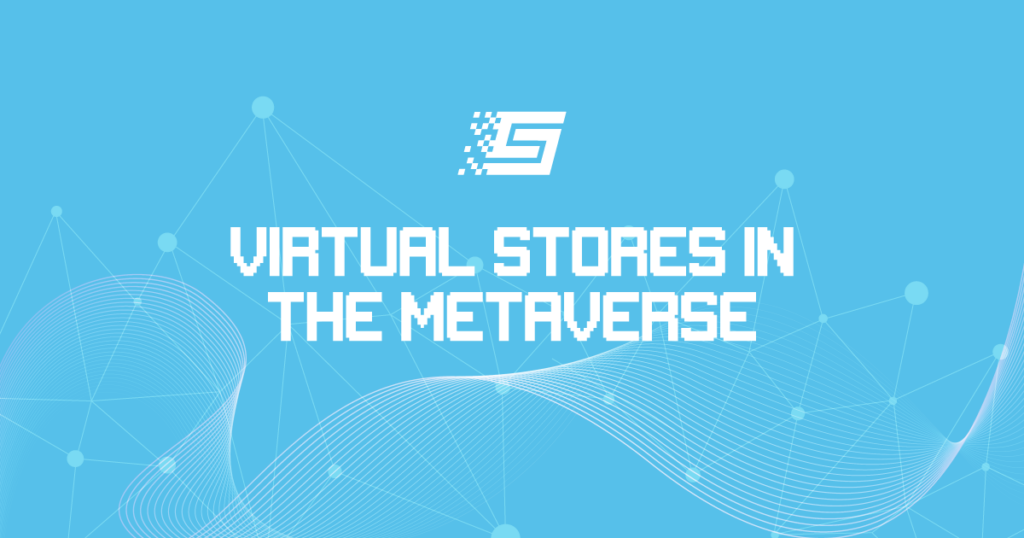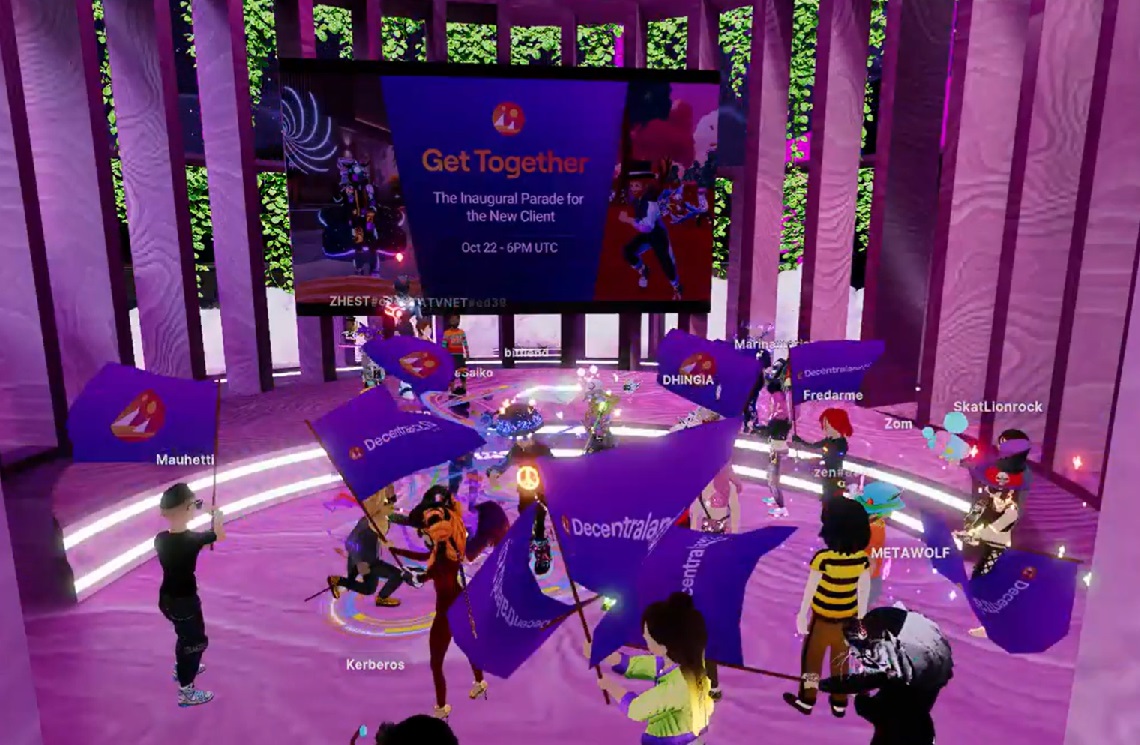
Virtual stores in the metaverse
Virtual stores are online 3D scenes created as outlets where people can buy goods online. Don’t get me wrong; they are not websites where you tap on the picture of a good to buy it. Also, virtual stores are not just a replica of physical stores. They are something different – unique online locations where customers can get a first-hand shopping experience.
Undoubtedly, virtual stores are still an emerging sector of the eCommerce business that is expected to grow in the coming years. The three primary catalysts that can lead to a boom in this sector include:
- Metaverse adoption by major brands
- The metaverse becoming mainstream
It is no news that multiple luxury brands have entered the metaverse by creating experiences and virtual stores. However, people are not visiting or purchasing from those stores on a grand scale. Therefore, brands still need to give more effort and attention to their metaverse presence before seeing a boom in people using virtual stores. Also, brands might need to wait until the world adapts to metaverse realities.
Although selling in virtual stores is not yet mainstream, it is essential to know that brands establishing the best virtual stores now will be the ones to win when the industry grows. So, in this article, we will discuss what brands gain from building metaverse stores, how to do it, and where they can hire the best builders.
Why metaverse stores are good for eCommerce
Goods in virtual stores appeal to metaverse visitors, just as in physical stores. This is the significant difference between virtual stores and eCommerce websites. While the latter only shows you a picture or short video of the product, the former will showcase products in 3D. Thereby allowing buyers to view items just as they appear in real life.
Meanwhile, when virtual stores are located on virtual reality platforms, customers will find them even more appealing. Since virtual reality can deliver haptic feedback, this means that buyers can touch goods as they would touch them in physical stores.
Brands that sell goods online will benefit more from building virtual stores because they will increase customers’ confidence when making a purchase. Also, they can entertain buyers without having to pay electricity bills.
Building unique stores
Earlier, this article stated that virtual stores are not simply a replica of a brand’s physical store. Instead, a virtual store should be completely different, offering a unique experience that customers will not get elsewhere. If that is too complex to design, brands can combine the features of their physical outlet with scenes they can only create in a digital world.
The result will be an immersive metaverse outlet where customers will not just buy goods and leave immediately. On the other hand, your metaverse customers will love to stick around the virtual store, spend some time having fun, and have a reason to return. Remember, making customers return means you have won their hearts, which is good for business.
How to build a virtual store
Brands have two main options when building a store in the metaverse. Firstly, you can decide to create a metaverse platform from scratch. The second option is to build your virtual store as an experience in an existing metaverse platform. This is much easier than building from scratch.
When a brand is looking to create its platform, it has a lot of work to do. Although the platform will not be a simple webpage, it will still be hosted online. Thus, you need to hire a web developer. If the virtual store is a web-based metaverse, you need 3D artists to build with tools like Blender and Unity.
Meanwhile, blockchain developers will do the job if a brand plans to create its cryptocurrency for payment. Another possibility is that a brand might plan to build a VR store. In that case, you will need Virtual reality experts and have to host the platform on popular VR headsets.
The job gets easier for brands building outlets in existing metaverses. For instance, when building a shopping outlet in virtual reality platforms like Horizon Worlds, much of the heavy lifting is already available. All you need is the service of 3D artists (with knowledge of Python Scripting) to achieve the best result.
Similarly, if you are to build a virtual store in web-based 3D metaverses like Decentraland, you have an enabling environment. Decentraland has provided an open platform to build scenes, an automated crypto payment system, and a software kit.
So, you first need to buy or rent virtual land in a highly populated area of Decentraland. Next, hire expert metaverse builders that can use Decentraland SDK or any necessary tool to create a real-time virtual store.
Where can brands hire the best virtual store builders?
You might be a bit confused here, but don’t be. Virtual store builders are the same as metaverse builders. These are professional artists that can design immersive and realistic digital scenes. So, back to the question. Where can you hire the best of these professionals?
Well, you’re in the right place. Sandstorm is a web3 metaverse hiring agency. In other words, we connect brands with the best metaverse builders and artists.
So, when you think of creating a virtual store for a temporary metaverse exhibition or building a complete metaverse experience, think of Sandstorm. But don’t just think; visit our “Brands” page to register with us and get access to our team of expert builders.
At the same time, traditional artists who want to transition into the metaverse industry can join us at Sandstorm. You can kickstart your career here and help build immersive virtual stores in the metaverse.


